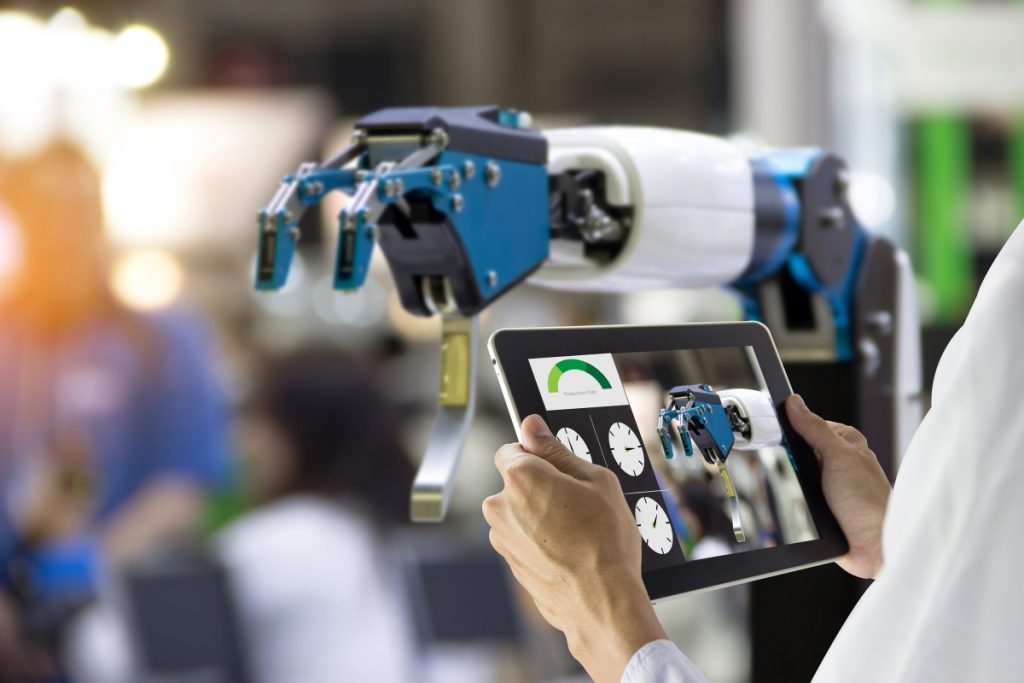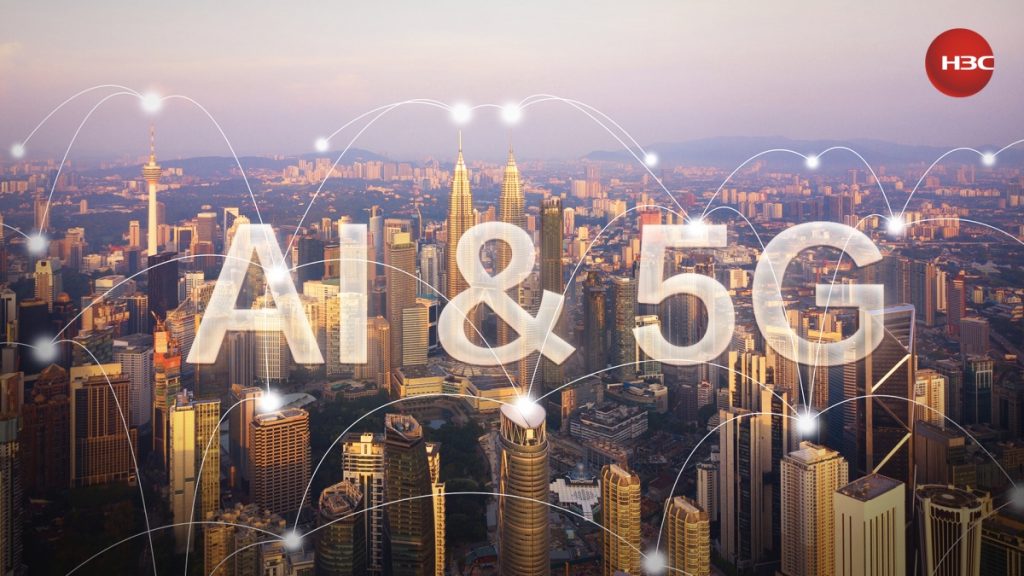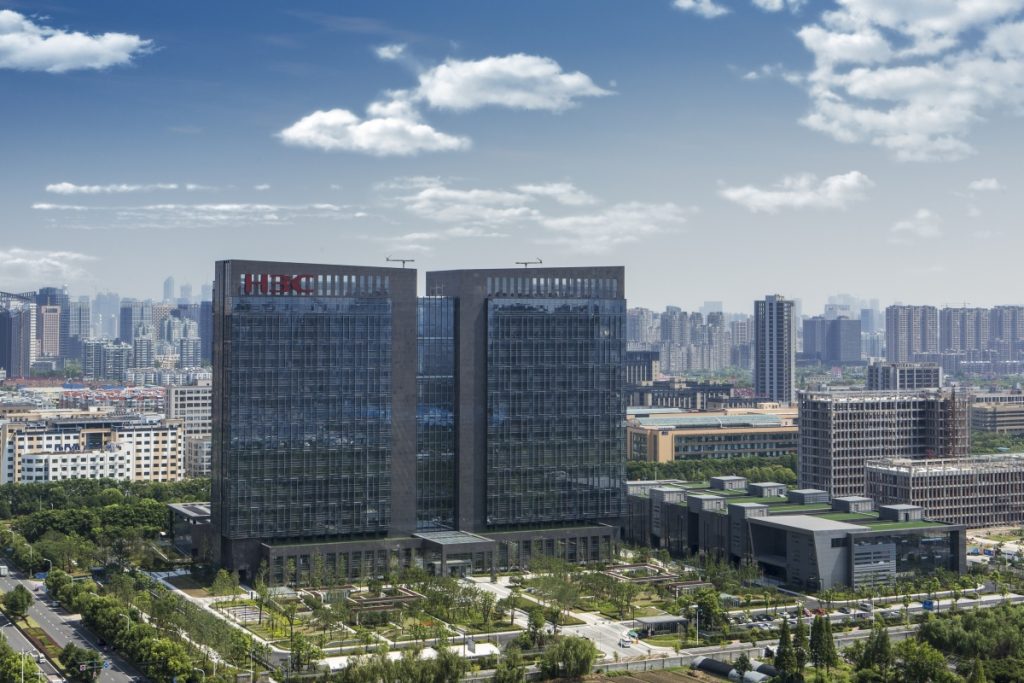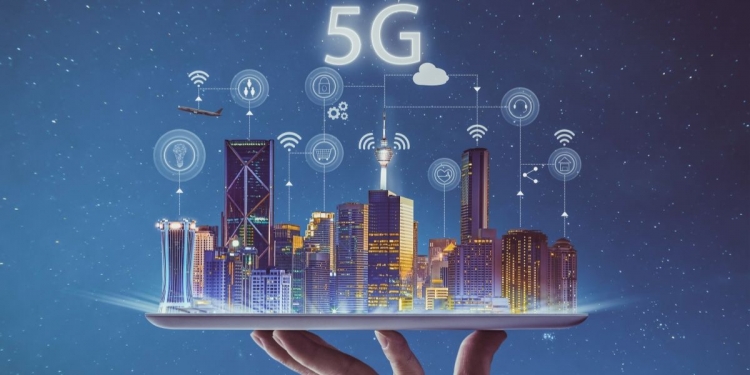This post is brought to you by H3C.
As we look to the future of the Malaysian economy, it’s all digital, with the transition to that phase already begun. A major factor to that is partly thanks to the COVID-19 pandemic which encouraged everyone to reduce physical interaction. Therefore, the only way to stay connected and perform day-to-day tasks relied on digital mediums.
In order to adapt to this new way of life, businesses had to fully embrace the shift to digitalisation. Now, artificial intelligence (AI) and 5G connectivity are playing an important role to take the digital economy to the next level. But how exactly are these applications helping to move the game forward?
There are plenty of examples, but let’s take a look at a few examples of each application.
Importance of Digital Industry Innovation With AI

A digitalised business can mean that your operations are now digital, but it still requires human input to run. By introducing AI into the system, it can help boost productivity by assisting the human worker to function more efficiently or take over completely.
AI has the ability to do things faster and more economically, thus reducing operational costs. For example, an AI system can be trained to identify defects in the product faster than a human worker can while reducing the chances of making the typical human error.
Elsewhere, AI can also be trained to sift through mountains of customer data, analyse a pattern, and provide personalised and targeted recommendations. For businesses that run on customer loyalty, this can keep customers coming back for more.
Another good example would be something most of you are familiar with and that is AI-powered customer service or more commonly known as AI chatbots. Many simple and basic queries can be handed over to an AI program, freeing up resources for human personnel to handle more critical issues.
With the addition of AI to a business’s operations, it translates into better profits and value-producing opportunities for enterprises.
Pushing digitalisation forward with 5G

We have been hearing a lot about how 5G is bringing improvements to consumers by improving wireless home broadband and mobile internet. But 5G brings more to the table for the enterprise sector.
Thanks to the higher speed, lower latency, and more importantly, higher bandwidth, it opens doors to new internet of things (IoT) technologies that complement the digital economy.
Enterprises can deploy complex robots that can be controlled remotely with low latency, provide training through VR and AR using real-time data, and allow for much higher and faster data transfer across the internet between two IoT systems or infrastructures.
Moreover, with 5G’s increased bandwidth, it has the capability to support a greater number of connected devices, thus providing lean and low-cost connectivity solutions.
Therefore, with 5G set to take over the communications space, there’s no better time to integrate conventional records and files into digital form as they can be accessed and retrieved at greater speeds.
Digital Solutions Provided by H3C

H3C prides itself on being an industry leader in providing digital solutions by offering enterprises a full-fledged catalogue of digital infrastructure products that comprises computing, storage, networking, 5G, security, terminal and related domains.
Besides hardware, the company also provides a broad range of one-stop digital platform that includes cloud computing, big data, artificial intelligence (AI), industrial internet, information security, intelligent connectivity, and edge computing.
With such a comprehensive list of products and services, it is easy to understand why H3C has customers in various industries like carrier, government, finance, healthcare, education, transportation, manufacturing, utilities, energy, internet, and building in over 100 countries and regions.
A good example of how H3C is helping to improve the digital infrastructure is its recent partnership with University Tunku Abdul Rahman (UTAR). Since the pandemic, remote online lectures have brought a massive increase in data traffic to the university’s internal cloud server.
To provide the university with a more capable network infrastructure, H3C upgraded the internal cloud server and network switches. Taking advantage of this new hardware is a faster 10Gbps internet bandwidth provided by H3C, up from the previous 1Gbps.
On-campus Wi-Fi also gets a boost with the switch to H3C’s future-ready Wi-Fi 6 routers which are specifically designed to meet the needs of current and future wireless network users.
Just recently, H3C has also started exploring business-to-consumer (B2C) products to cater to a wider range of audiences.
If you are in the market to digitalise your business or even looking for a partner to help upgrade your digital systems with AI and 5G, you can get in touch with the people over at H3C Malaysia.








